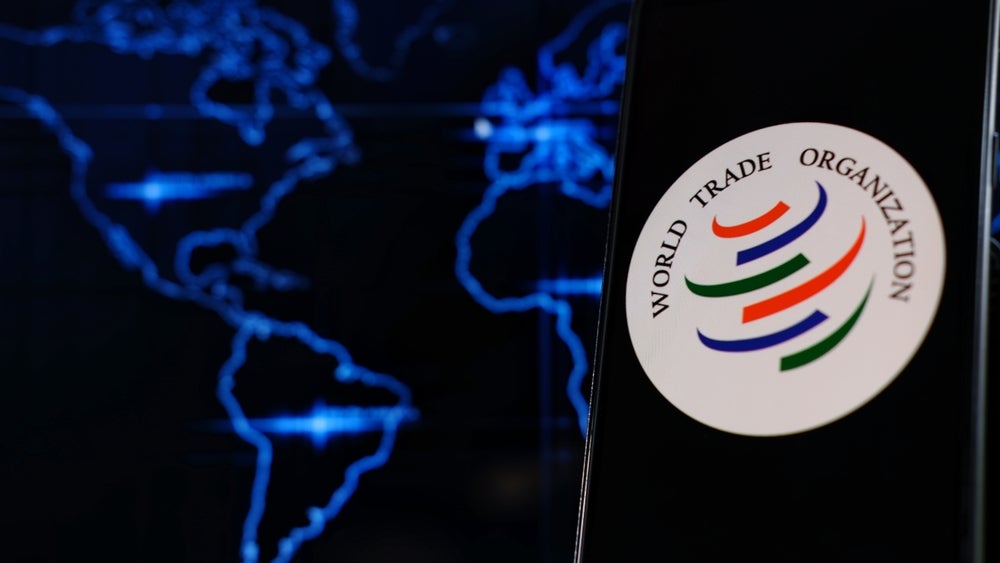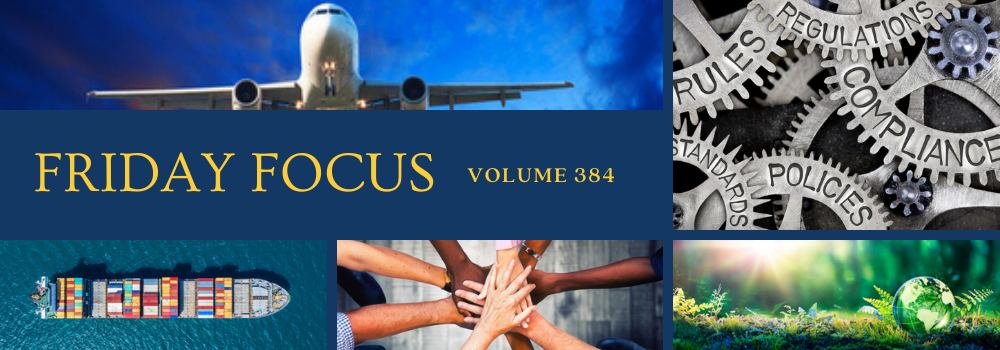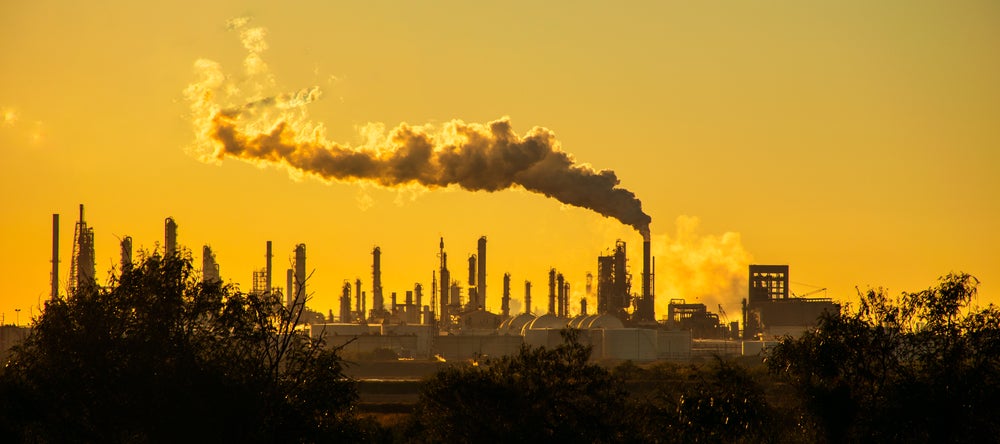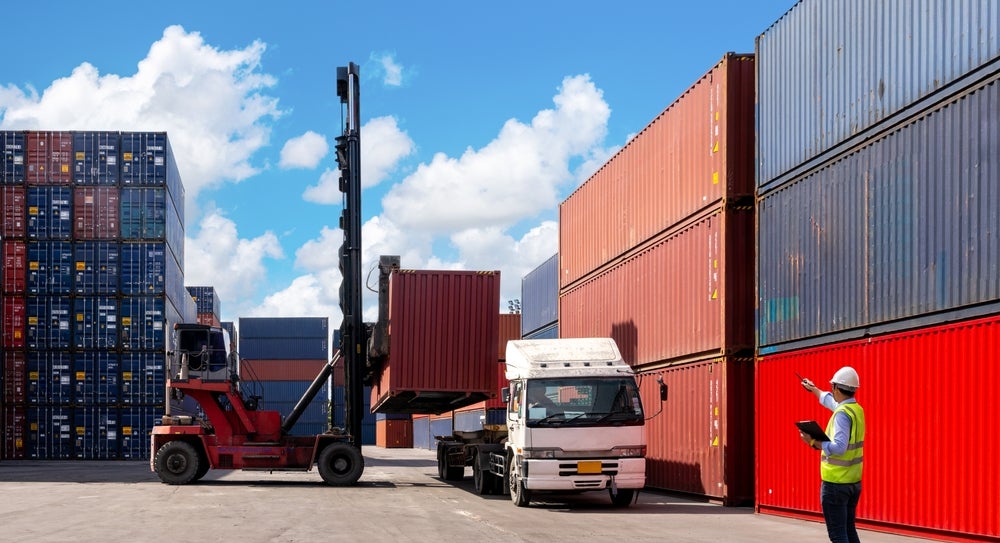WTO Members Seal Plurilateral E-Commerce Deal – US Opts Out

WTO members concluded a plurilateral agreement on e-commerce after five years of negotiations.
If and when the agreement comes into force, it will represent the first set of global ground rules for digital trade.
A statement released by the three co-convenors of the so-called ‘joint statement initiative’ – Australia, Japan and Singapore – confirmed that participants had “achieved a stabilised text”.
The new agreement “recognise[s] the importance of global electronic commerce and the opportunities it creates for inclusive trade and development, and the important role of the WTO in promoting open, transparent, non-discriminatory and predictable regulatory environments in facilitating electronic commerce,” the co-convenors said.
“The agreement is set to benefit consumers and businesses involved in digital trade, especially MSMEs. It will also play a pivotal role in supporting digital transformation among participating members,” their joint statement adds.
United States wants stronger security exceptions
Nine of the 91 participants in the negotiations – including the United States – declined to be associated with the declaration.
A footnote stated that “due to ongoing domestic consultations and considerations, this statement is circulated on behalf of joint statement initiative participants, except for Brazil, Colombia, El Salvador, Guatemala, Indonesia, Paraguay, Taiwan, Türkiye and United States”.
The US government said the text released today represented “an important step forward for the WTO in a sector of growing importance to the global economy while demonstrating the supportive role that JSIs can play in revitalizing the WTO’s negotiating function”.
But it added: “As the United States has repeatedly communicated to the co-convenors and participants, the current text falls short and more work is needed, including with respect to the essential security exception”.
“We look forward to working with interested members in finding solutions to all remaining issues and moving the negotiation to a timely conclusion.”
07/26/2024 | Chris Horseman | Borderlex
World Should Take Note of a New Trade and Climate Change Deal
More attention should be paid to a new trade agreement that could better meet the challenge of climate change.
The conclusion earlier this month of the Agreement on Climate Change, Trade and Sustainability (ACCTS) by New Zealand, Costa Rica, Switzerland and Iceland comes at a time when the world is experiencing record-high temperatures, spreading wildfires, and destructive floods and droughts. Despite these developments, WTO members have been unable to rally consensus to develop new trading rules to help halt these trends, highlighted by their recent failure to bring the second part of the fisheries subsidies agreement over the finish line.
The ACCTS reflects an emerging model for trade agreements — one that is limited in participants and sectors but can be concluded more quickly and without sacrificing ambition.
Instead of sitting around in endless discussions on what is the best way to incorporate climate change and sustainability concerns into trade agreements, these four small, trade-dependent countries moved into action and hammered out meaningful commitments. The agreement is an important step in elaborating on what is possible in this contested space. The parties hope that others will join over time, or even adopt similar rules in their own bilateral agreements, providing momentum for a broader multilateral agreement.
ACCTS has four key components. First, the four parties will eliminate tariffs on over 300 “environmental goods” upon entry into force. Although the list of goods has not yet been released, the members claim it is the most comprehensive and ambitious list of agreed-upon goods to date, including solar panels, wind turbines, electric vehicles, recycled paper and wood products offering a more environmentally sound alternative to carbon-intensive construction materials. It also includes criteria for qualifying as an environmental good so there can be ongoing updates. The tariff cuts will apply to all WTO members (not just the other parties), so as to be consistent with WTO rules.
Second, the parties went beyond goods commitments to also open up their service sectors. They agreed to new levels of market access in more than 100 sectors that make a “substantial contribution to addressing pressing environmental purposes.” However, which sectors these are, and the level of market access agreed upon, is yet to be made public.
Third, the agreement provides a new framework to prohibit and discipline harmful subsidies for fossil fuels, with limited exceptions.
Finally, the parties agreed on guidelines for voluntary eco-labeling programs, which should help provide consumers with more accurate information and avoid such labels in and of themselves becoming a barrier to trade. The inclusion of binding dispute settlement in the agreement also underscores the importance the countries attach to these commitments.
07/31/2024 | Wendy Cutler and Jane Mellsop | Nikkei Asia
Global Trade and Supply Chain Resilience Under Trump vs Harris
The Biden-Harris administration and Donald Trump diverge sharply on priorities around import tariffs. Uncertainty around the election outcome, and the significant impact of US trade policy on global commerce and supply chains, underscore how important it is for companies to begin contingency planning around the 2024 US election.
A future Harris presidency would likely maintain much of the Biden administration’s trade policy, including import barriers on specific technologies and sectors, paired with preferential market access for geopolitical allies – a policy to counter Chinese global trade and supply chain dominance. Trump favors a broader policy of global universal tariffs to reduce goods trade deficits and address alleged unfair trade practices, which would dramatically impact global markets and disproportionately harm smaller countries.
Now is the time for global companies and investors to assess the risks and supply chain vulnerabilities that are possible for their businesses in each scenario and to determine the proactive measures necessary to mitigate their impact.
Trade under Harris
As a former US Senator and California Attorney General, Harris would enter the White House with limited trade policy experience. Harris’ agenda will be more clearly defined in the coming months, but as both vice president (2021-25) and senator (2017-21), she strongly supported strengthening multilateralism with US partners, supply chain resiliency (against China in particular), and placing environmental issues and protecting US workers at the forefront of trade policy. For these reasons, a Harris administration would likely continue many of Biden’s trade policies, which include maintaining the targeted high-tariff barriers in place against various countries to protect strategic US industries, targeting China with additional duties (in pursuit of reducing supply chain dependencies and preserving US technology leadership), and continually expanding export controls in a range of high-technology sectors…
Trade under Trump
Trump’s priorities are more singularly focused on reducing goods trade deficits and punishing countries for alleged unfair trade practices. During his campaign, he and his advisors have proposed high import barriers on both allies and adversaries of the US, with especially high import taxes – 60% – reserved for all Chinese imports.
It is important to note, however, that Trump does not have a clearly defined trade vision. His policymaking is highly transactional and has often depended on the nature of his personal relationship with the leader of the country in question.
Former US Director of the Office of Trade and Manufacturing Policy Peter Navarro and former US Trade Representative Robert Lighthizer – the architects of Trump’s first-term trade policy – are likely to return to a potential second Trump administration. Navarro favors reciprocal tariffs as a remedy to US trade deficits, while Lighthizer prefers an increasing universal tariff on all countries. In recent interviews Trump has promised to implement both policies.
07/24/2024 | Daniel Rechtschaffen | Control Risks
Supply Chain Changes Need a Globally Coherent Policy Response
The restructuring of global supply chain has multifaceted and complex origins. The COVID-19 pandemic, climate change, automation and geopolitical tensions have all contributed to reshaping companies’ international distribution and trading patterns. Each of these issues alone would make the prospect of improving supply chain resilience daunting. No country alone can easily fix all of them.
Making matters even more complex are the underlying political factors that shape supply chain restructuring. Governments say they want to make supply chains more resilient and sustainable. But they are less clear about whether this means addressing environmental shortcomings and labour abuses, ensuring supplies of critical materials and components are not controlled by adversaries or whether it reveals a desire to shift jobs onshore. Often, it means all of them.
What is clear is that trading patterns — the best indicator of supply networks — are changing substantially. In a 2023 survey, 67 per cent of global retailers and manufacturers said they had shifted to other suppliers, while two-thirds said that further shifts were likely. This often means sourcing from a different country or shifting to domestic suppliers. According to the Kearney 2024 reshoring index report, North American companies are moving rapidly to reshore operations away from lower-cost Asian countries. US imports from 14 Asian countries fell by US$143 billion in 2023 to US$878 billion.
Global COVID-19 lockdowns severed entrenched channels of product sourcing and laid bare weaknesses in the once-hallowed just-in-time supply chain approach. In 2021 the European Central Bank estimated that from November 2020 to September 2021, world trade would have been 2.7 per cent higher and global manufacturing output 1.4 per cent greater had global supply chains not been derailed by the pandemic.
Crises often induce panic and the initial response to COVID-19 was a classic case of what not to do in such circumstances. Governments’ border closures —made it more difficult to obtain the vital medicines, medical products and care needed to fight the pandemic.
Russia’s 2022 invasion of Ukraine and the subsequent response from NATO and its allies further ignited a desperate search for new sources of oil and gas, grains, fertilisers, iron, steel and critical minerals. With traditional markets slammed shut due to sanctions, Russian producers redirected exports to China, India, Brazil and other emerging countries where their commodities were snapped up quickly.
07/26/2024 | Keith Rockwell | Hinrich Foundation
Majority of Americans Take a Dim View of Increased Trade With Other Countries
When considering the costs and benefits of increased trade with other countries, a 59% majority of Americans say the United States has lost more than it has gained, according to a Pew Research Center survey conducted in April.
Overall, the public’s attitudes about trade have changed little since 2021. However, Republicans’ views have become more negative.
Nearly three-quarters (73%) of Republicans and Republican-leaning independents now say the U.S. has lost more than it has gained from increased trade. That is 8 percentage points higher than in 2021.
Democrats and Democratic leaners remain divided on this question. Half of Democrats say the U.S. has gained more than it has lost, while 47% say the opposite. Democrats were similarly divided on this question in 2021.
Demographic, educational differences in views of increased trade
Americans with at least a four-year bachelor’s degree are more likely than those with less formal education to say increased trade with other countries has more benefits than costs for the U.S.
Nearly half of college graduates (47%) say the U.S. has gained more than it has lost from increased trade, compared with about a third of those with less education (31%). These differences are evident in both parties.
There also are differences in both parties by race and ethnicity as well as family income. And Republicans differ by age on this issue.
07/29/2024 | Shanay Gracia | Pew Research Center
WITA – We put the community in trade community.
Information about upcoming WITA and trade community events





